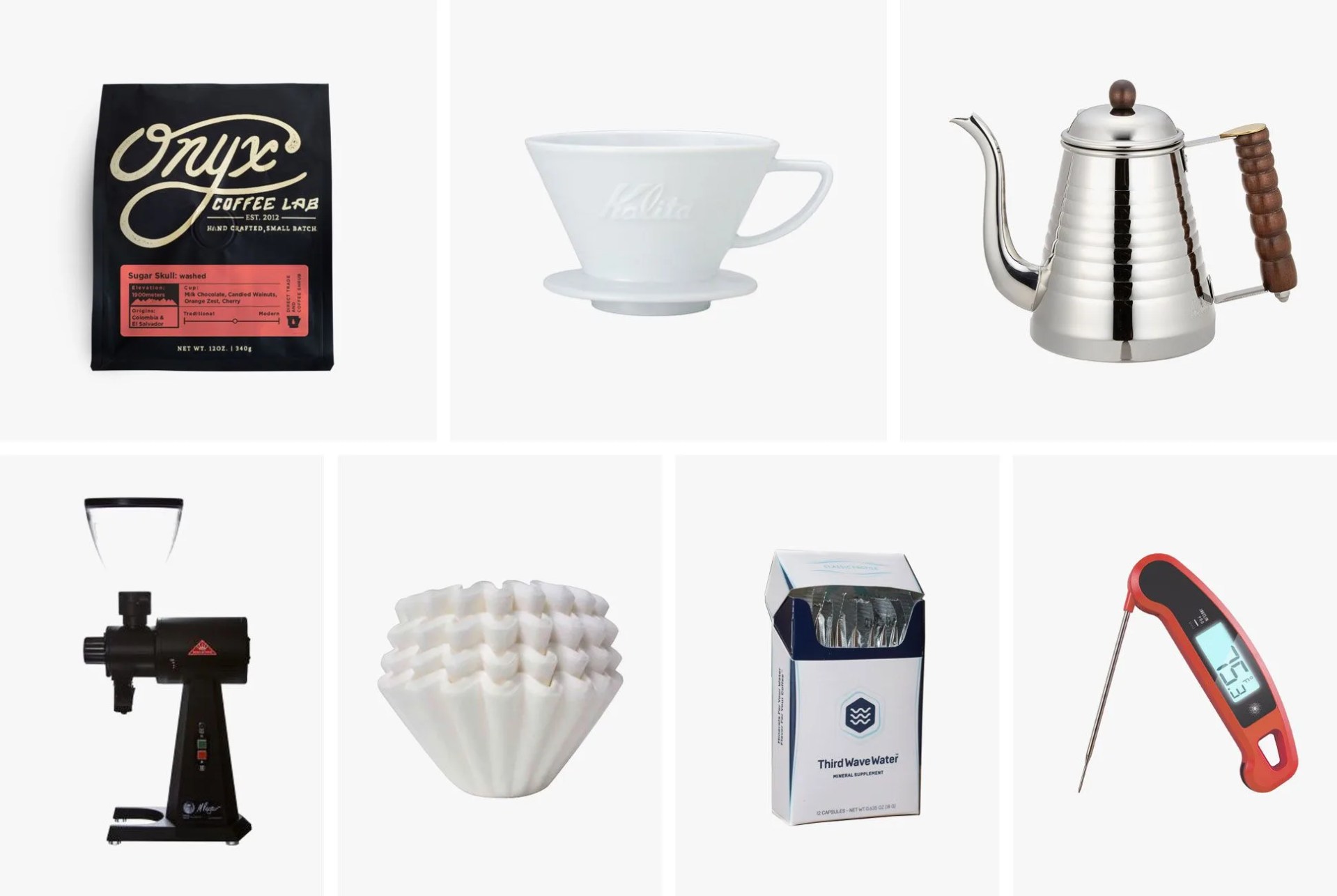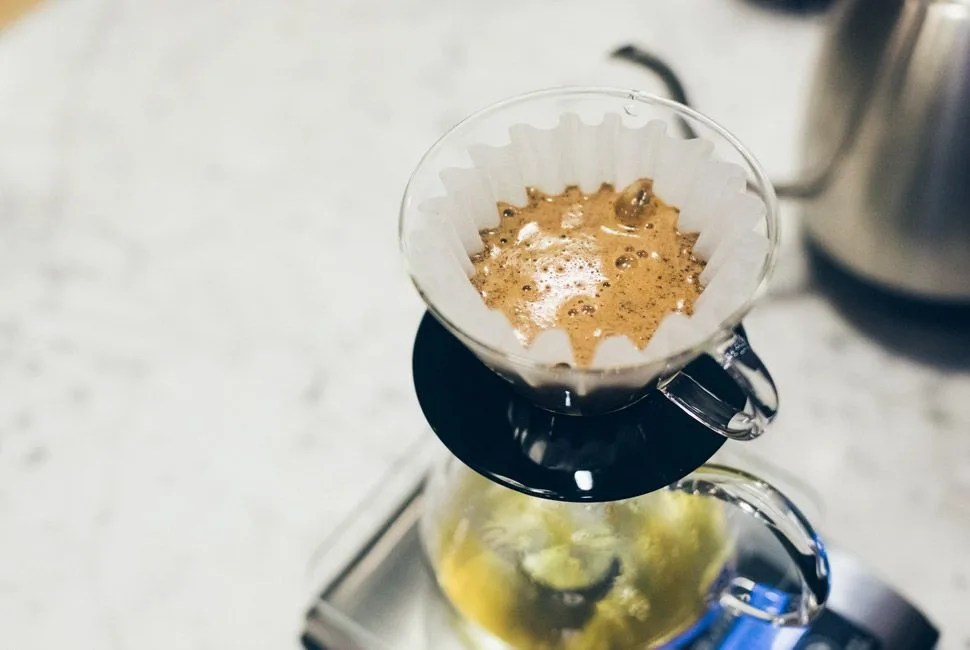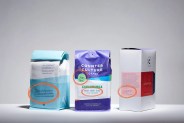In the era of push-button, single-cup brewers, manual coffee methods serve as a celebration of process and precision. A quality cup of coffee is marked by a balance of ingredients, with different variables — coffee roast, coarseness of grounds, water quality, temperature, time — working in tandem to elevate the final cup. Nowhere is this more apparent than at the U.S. Coffee Championships, a competition that draws the country’s best and most obsessive baristas, brewers and roasters, challenging them to yield their most balanced espressos, pour-overs and roasts.
At the 2017 U.S. Coffee Championships, held in Seattle earlier this year, Dylan Siemans of Onyx Coffee Lab in Northwest Arkansas was crowned winner of the Brewers Cup, graded according to aroma, flavor, aftertaste, acidity, body and balance. Siemans’ winning pour-over was made using a lactic acid–processed Colombian bean and mineral-balanced water — but it was on temperature, not recipe, that Siemans focused most.
“Temperature correlates to extraction rate, which correlates to flavor perception, so by manipulating bed temperature, you can extend or curtail certain flavors,” Siemans explained, calling temperature a “really effective [variable] in dialing in a coffee’s flavor.” While temperature goes a long way in steering the flavor of a brew, it’s the core components — water and grounds — that lay the foundation.
“All coffees want to be brewed in a particular way, and you’ll make some beautiful coffees just by experimenting.”
To ensure that their fundamental ingredients were of the highest caliber, all competitors at the U.S. Coffee Championship brewed with Third Wave Water, which re-mineralizes purified water to produce brighter, more consistent flavors. The next consideration is the grounds themselves: “Uniform grind size leads to a uniform extraction rate,” Siemans says. “Use a burr grinder. Whether a hand grinder or a machine, burr blades make all the difference.” Coffee-to-water ratio most directly impacts the strength of a brew, but coarseness of coffee grounds plays into flavor concentration, as well; the finer the grind, the more slowly water will seep through the grounds and the more bitter the resultant coffee will be.
There’s a science to it all — hyper-precise formulas enough to make the heads of even the most finicky coffee drinkers spin. But, Siemans said, it’s more about experimentation than pretension. “All coffees want to be brewed in a particular way, and you’ll make some beautiful coffees just by experimenting. That’s how I discovered the formula for this competition.” In other words, toy with the coarseness of a grind, with water temperature, with quantities. See how flavors change with each variable adjusted. The worst that comes of it is a bad cup of coffee — which, in the end, really isn’t so bad.



